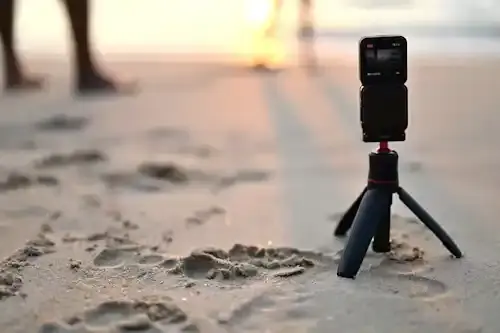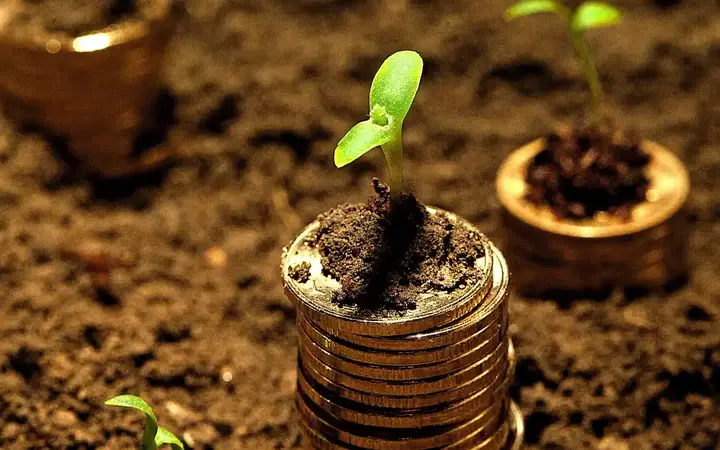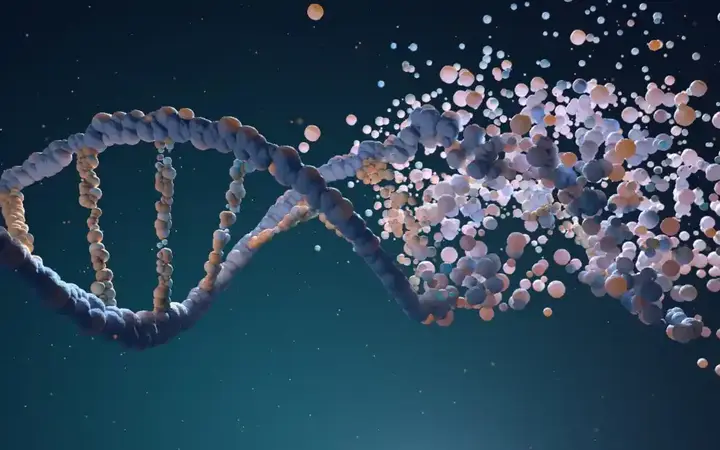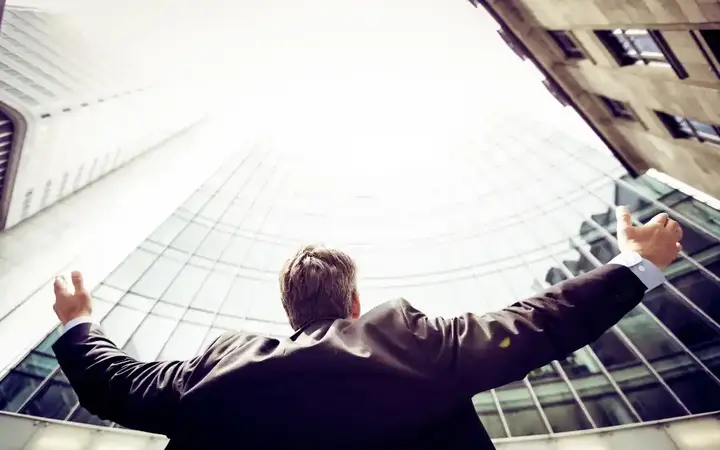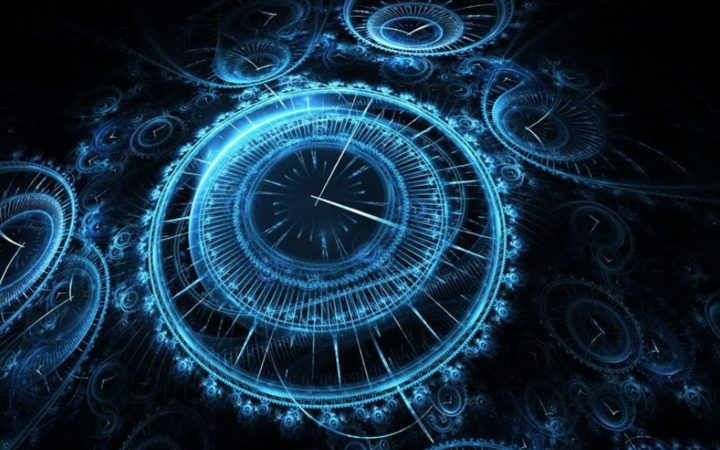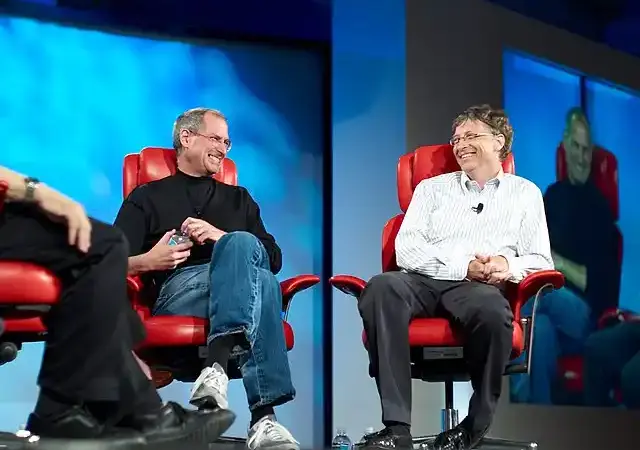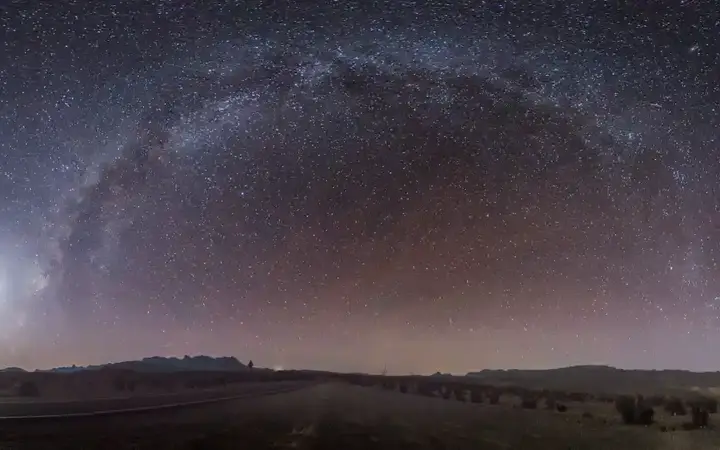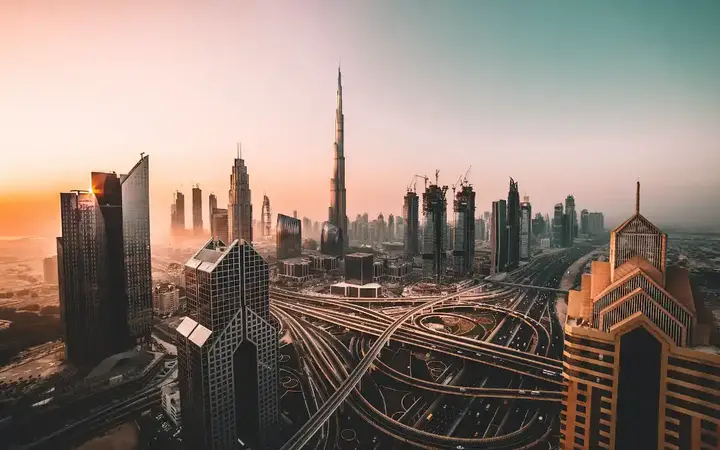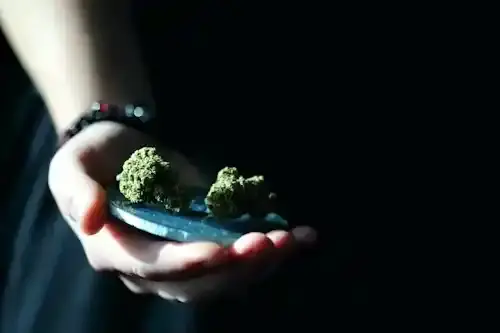AI inspires creativity: artists and musicians use AI for their creations
It seems that we are soon to be with more profound achievements of artificial intelligence, as in our evolving world, the influence of the evolving comer is becoming increasingly evident in various fields, including art and music. AI is no longer just a technical tool, but an inspiration for artists and musicians, giving rise to innovative creative forms that were not possible in the past.
Show key points
- Artificial intelligence is increasingly influencing creative fields like art and music, offering unprecedented possibilities for innovation.
- AI empowers artists and musicians by providing tools that allow them to experiment beyond traditional creative boundaries.
- Technologies like Soundraw enable creators, even those without musical training, to compose music quickly and efficiently.
- ADVERTISEMENT
- Ruby Barat is a notable pioneer in AI-generated art, using algorithms to transform classical works and create entirely new pieces.
- The integration of AI into the arts has sparked debates about the definition of creativity and the role of human contribution.
- While AI enhances creative possibilities, some artists express concern that it may devalue authentic, skill-based creativity.
- In the film industry, AI is being tested for tasks like actor modification and visual effects, though full replacement of human actors remains a challenge.
How does AI inspire creativity?

AI offers artists and musicians new tools and unprecedented opportunities to express their creativity. It broke the rules of creativity by allowing artists and musicians to experiment with new ideas and techniques without being constrained by the traditional rules of the creative process of the arts. We have already noticed this in the field of music specifically.
Recommend
This has led to the exploration of new fields, and it has become possible to help artists and musicians explore artistic aspects that were not available to them before, such as creating music with unconventional influences or painting paintings in a unique style. There are already artists who have been able to create works with specifications, dimensions and colors of art, which they have not touched before.
We seem to be coming into an era in which artists and musicians can collaborate with AI systems to create collaborative artworks, giving rise to new ideas and technologies.
But many artists who are known for their originality and true creativity have stated that there is a fear that artificial intelligence can make creativity easier for people without traditional artistic skills. Thus it may have negative effects on the real world of creativity.
The use of artificial intelligence in art and music raises a debate about what creativity is and the role of humans in it. Some see it as a threat to human creativity, while others see it as a new tool that can be used to promote human creativity.
However, it is important to remember that AI is a tool, and it is the responsibility of artists and musicians to use it creatively and responsibly.
And now with important examples of what artificial intelligence has done with art...
Soundraw: a smart tool for creating music

It is a smart music generator powered by artificial intelligence technology, specially designed to serve creators and content creators. Soundraw allows users to create unique royalty-free background music for their various projects.
This tool enables even beginners, even music professionals, to create amazing musical compositions, as if they were leading an orchestra full of musical instruments, of all kinds and sounds!
What's really amazing is that this tool can create music content in a very short period of time.
Of course, the tool is not free, but it does have a trial version. Experiments have shown that it is indeed a successful tool, because many content creators have used it for different purposes.
Ruby Barat – an experience that shook the painters!

Ruby Barratt is an American artist best known for using artificial intelligence in his artwork. He pioneered the use of artificial intelligence algorithms to modify classical art paintings and create new images.
Among his most famous works:
"Titian Project": He modified paintings by Italian artist Titian using artificial intelligence, adding new elements and changing the compositions of the paintings.
"Artificial Intelligence Portrait": A collaborative project with artist Sofia Crespo, where they used artificial intelligence to create images of fictional characters.
A series of digital panels created using artificial intelligence algorithms. One of these paintings sold at auction for $821,000.
Barrat's work has been exhibited in many museums and art galleries around the world, including the Musée Pompidou in Paris and Sotheby's. He gained a reputation for integrating artificial intelligence with the arts, sparking a debate about the future of art in the digital age.
Ruby Barat is a pioneer of generative art, a new art trend that relies on the use of artificial intelligence to create works of art. His work sparked a debate about the future of art in the digital age, and the role of artificial intelligence in the creative process.
Filmmaking – the idea of switching actors!

With the tremendous development of artificial intelligence technologies, questions are being raised about their ability to replace humans in various professions, including acting.
AI is expected to play an increasing role in the acting industry, through tools such as visual effects optimization, character design and content generation. It will take collaboration between human actors and AI technologies to create rich and engaging acting experiences for the audience.
There have been several trials from AI developers to switch actors, but they haven't been successful enough yet.
Some of these experiments have succeeded in adding effects to the human actor, such as making the actors younger, or creating specific shapes without resorting to graphic effects that require little time, and so on.
![]()
How periods of consistency guided me to the goal: your actions are your compass
How Periods of Consistency Guided Me To Purpose- Your actions are your compass more- ADVERTISEMENT
![]()
Saving and portfolio diversification - concepts you should know
Saving & Financial Portfolios Diversity - Concepts you should know more- ADVERTISEMENT
![]()
What are lean genes? Does it really help you lose weight?
Some people stay slim thanks to their genes, like PPARGC1A, which boosts metabolism. A study showed those with lean genes lost more weight on the same diet than those with obesity-linked genes. Still, healthy habits matter—genes alone can't keep you slim or protect you from gaining weight over time. more- ADVERTISEMENT
![]()
A book that may interest you: 52 practical rules for success
A book that might interest you - Fifty-Two Rules of Thumb for Success Without Losing Yourself more- ADVERTISEMENT
![]()
Is time travel possible? Astrophysicist explains the science behind science fiction
Time travel fascinates us, but science shows it’s tricky. Einstein’s theory reveals time slows down at high speeds—astronaut Scott Kelly aged slightly slower than his twin Mark. Wormholes might allow time jumps, but they remain unproven. For now, telescopes offer a glimpse into the past, not time machines. more- ADVERTISEMENT
![]()
Steve Jobs: Courage is what separates actors and dreamers
Steve Jobs: Courage is what separates actors and dreamers more- ADVERTISEMENT
![]()
Seeds of "dandelion" interstellar
Seeds from An Interstellar “Dandelion” more- ADVERTISEMENT
![]()
Best castles worth visiting near Edinburgh
Edinburgh is a castle lover's dream, with iconic sites like Edinburgh Castle atop Castle Rock and the mysterious Crichton Castle with Game of Thrones vibes. From romantic Rosslyn to tranquil Lauriston, each castle tells a unique story, making the city’s history come alive in the most unforgettable way. more- ADVERTISEMENT
![]()
Beyond Burj Khalifa: Uncovering the Spirit of Dubai through its Metro
Dubai Metro isn’t just a ride—it’s a futuristic journey! From holding world records to themed stations and even a music festival, it blends innovation with culture. Just don’t fall asleep onboard, or you’ll be fined AED 300! more- ADVERTISEMENT
![]()
Medical foods in Vietnam: amazing, embarrassing, and puzzling
In Vietnam, food is more than nourishment—it's tied to ancient beliefs. One odd belief warns against pairing chicken with lemon mint leaves, thought to cause leprosy-like symptoms. Though not dangerous, it may cause discomfort. Traditional dietary therapy blends food with yin-yang balance, offering deeper awareness of health and lifestyle. more- ADVERTISEMENT












